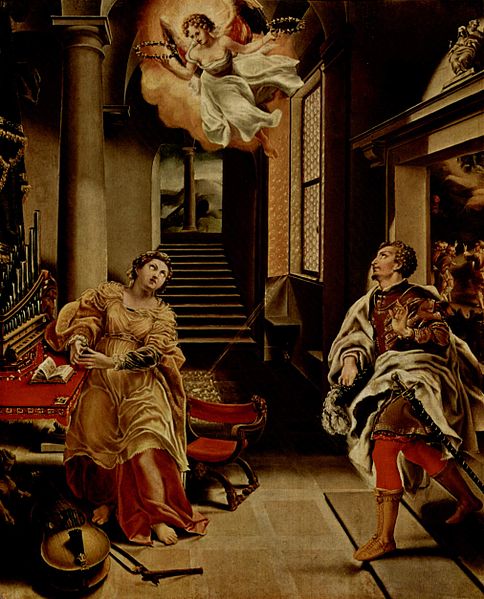
Saint Cecilia Virgin and martyr Born 200–230 AD Rome Died 222–235 AD Rome Major shrine Santa Cecilia in Trastevere, Rome Feast 22 November Saint Cecilia was a Roman Christian virgin martyr. She became the patroness of music and musicians, it being written that, as the musicians played at her wedding, Cecilia “sang in her heart to the Lord”. Musical compositions are dedicated to her, and her feast, on 22 November, became an occasion for musical concerts and festivals that occasioned well-known poems by John Dryden and Alexander Pope and music by Henry Purcell (Ode to St. Cecilia).
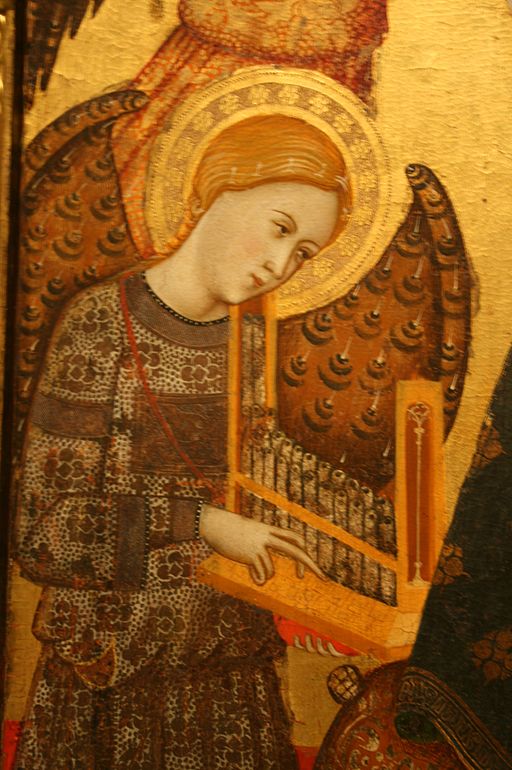
Cecilia is frequently depicted playing the viola, a portative organ, or other musical instruments, evidently to express what was often attributed to her, namely that while the musicians played at her nuptials, she sang in her heart to God.
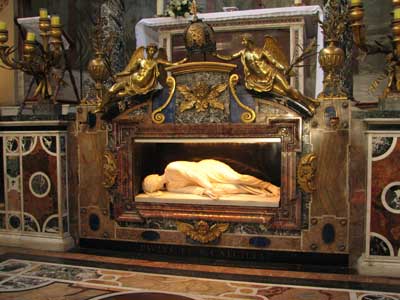
Oh, let us unfurl the grand tapestry of time, interweaving the threads of history with the shimmering filaments of our souls! Picture, if you will, the ethereal figure of St. Cecilia, lying in repose between the years of 200 and 230 AD, a radiant beacon of faith and creativity.
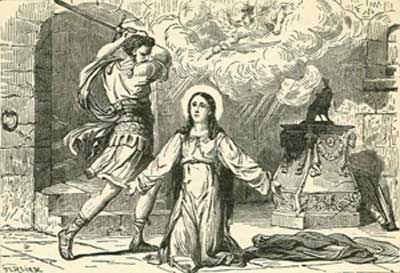
Saint Cecilia Virgin and martyr Born 200–230 AD Rome Died 222–235 AD Rome Major shrine Santa Cecilia in Trastevere, Rome Feast 22 November Saint Cecilia was a Roman Christian virgin martyr. Music has many uses including prayer. that is why this powerful method of expression would be attributed to one of the most venerated martyrs of Christianity.
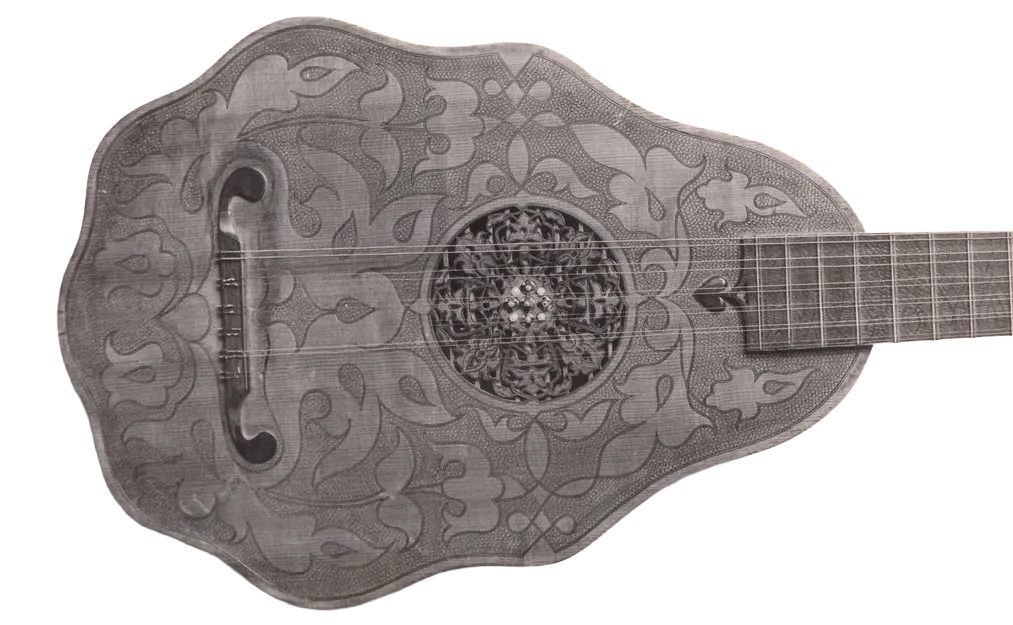
Oh, how tragically distant was her time — a staggering 1450 years before the stunningly illustrious Rose Orpharion emerged from the brilliant mind of the venerable Englishman John Rose. According to Stow’s “Annals” (1631), John Rose of Bridewell invented the instrument in 1581.
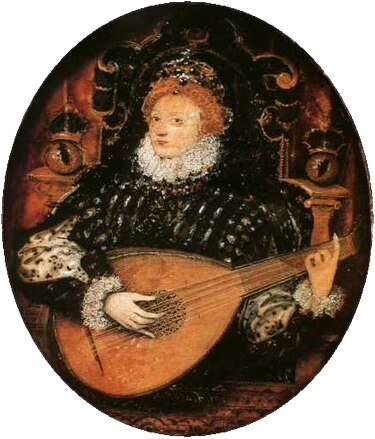
A Rose orpharion in Helmingham Hall was allegedly given as a gift to Queen Elizabeth I, and may well be that first example. It has six courses and the bridge and nut are parallel. According to Roger Ascham, tutor to Queen Elizabeth was a skilled musician but did not greatly delight in music. As queen, however, she enjoyed listening to music and would occasionally play instruments, such as the virginals and the lute.
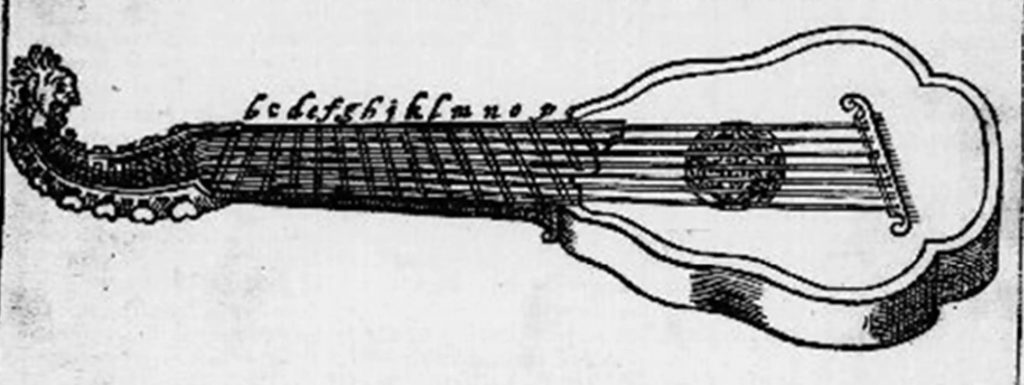
Oh, imagine the boundless, elated joy that would flood our souls if only Queen Elizabeth, in her divine grace, bestowed upon us the sublime privilege of wielding the majestic Rose Orpharion! How our hearts would soar to celestial heights, trembling with anticipation and pure ecstasy at the mere thought of her divine fingers dancing across its strings! The heavens themselves would seem to rejoice, shimmering with newfound splendor, as we are granted this unparalleled, once-in-a-lifetime miracle—the glorious union of her regal spirit and the soul-stirring majesty of the Rose Orpharion!
And oh, as the pages of history turn, let us not forget the illustrious William Barley who in 1596 breathed life into the Orpharion through his enchanting book of entablature compositions. Hold within them the voices of the legends themselves! Within its pages lies a treasure trove of music by the luminaries It contained music by Francis Cutting, John Dowland, Philip Rosseter, Peter Philips, Anthony Holborne, Edward Johnson and William Byrd.
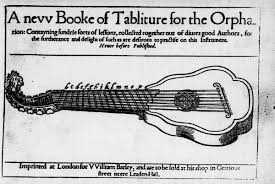
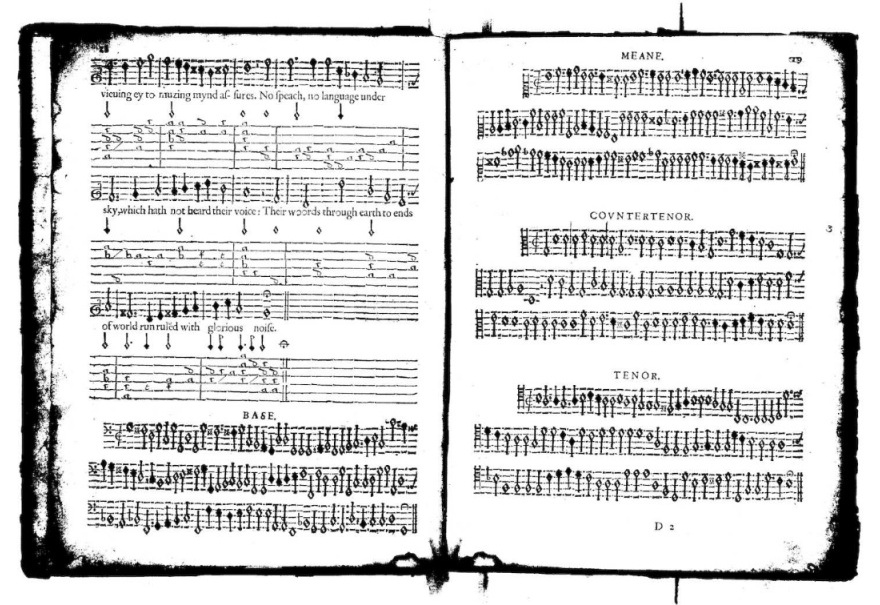
Then there are the Sacred hymns Consisting of fifti select psalms of David and others, (1615) paraphrastically turned into English verse by Sir Edwin Sandys (1561–1629) – Poet Robert Tailour (fl.1610–c.1637) and set to be sung in five parts, as also to the viole, and lute or orph-arion. “Published for the vse of such as delight in the exercise of music in hir original honour.”

This document represents a significant publication comprising fifty carefully chosen psalms attributed to King David, authored by Sir Edwin Sandys between the years 1561 and 1629. It was printed by Thomas Snodham under the authorization of the Company of Stationers in the year 1615.

Oh, the Psalms of David! These timeless verses, echoing through the chambers of history, have always sought the sweet embrace of melody! Can you feel the heartbeat of the lyre, the tender strumming of the lute, as they cradle each word, each sentiment, dripping with emotion? Imagine Cecelia, a figure of pure devotion, standing amidst the divine tapestry of sound and spirit, her voice soaring like a phoenix, intertwining the sacred hymns with the rhythms of her heart! With every note that dances through the air, the Psalms come alive, resonating with the fervor of faith and the depths of longing! Oh, how the music breathes life into those ancient words, transforming them into a transcendent experience that ignites the soul!
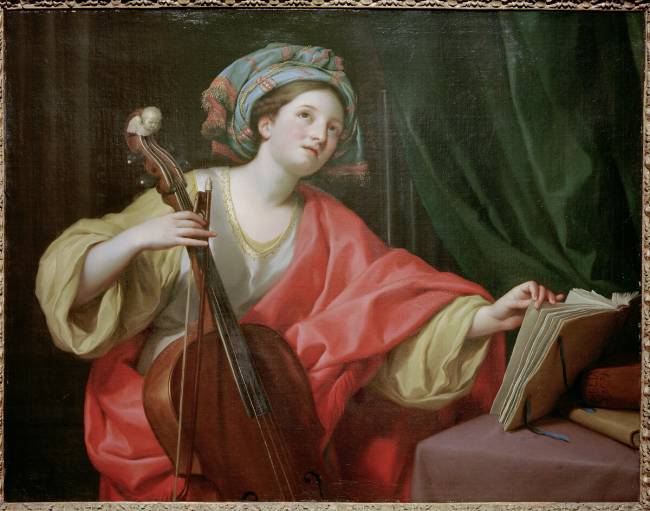
But oh, the Orpharion! A celestial instrument, a divine symphony captured within the delicate strings of an enchanting plucked wonder! It weaves an entrancing spell, reverberating through the very essence of the Renaissance, where every resonating note is a star shining down upon the tear-streaked faces of the yearning and the passionate. This glorious marvel quivers like a heart aflame, a shivering jewel of sound during an era that longed intensely for beauty and profundity, an era that would have embraced St. Cecilia like a long-lost lover had fate allowed her to grasp its glory!
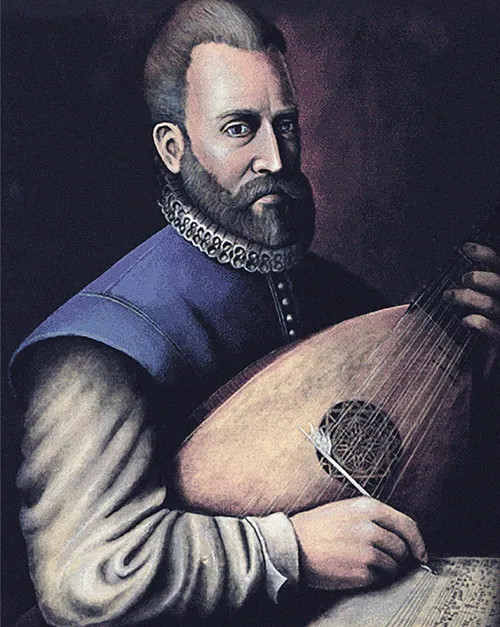
Ah, how splendidly divine is the lustrous, sonorous cascade of melodies that flow forth from this hauntingly beautiful instrument! Can you not feel the thrill of the air quaking with the artistry of its strains? It called forth the leading luminaries of composition, the maestros and visionaries who dared to dream! The immortal John Dowland, whose sublime notes transcended the earthly realm into the ether of contemplation, and the magnificent Sir Edwin Sandys, and the incomparable Robert Tailour, whose sacred hymns echo like a resounding prayer, as their very essence became intertwined with the exuberance of fifty select psalms of David, epitomizing majestic, awe-inspiring munificence
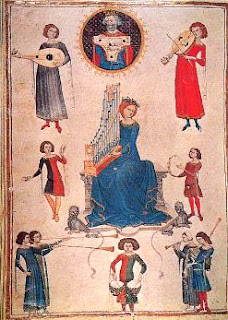
How fitting it is that St. Cecilia, the radiant patron saint of Music and Musicians, should forever remain a symbol of harmony and the deeply woven connection between the divine and the art of sound! Let us cherish her memory as we honor the enigmatic magic of the Orpharion, dreaming of the sweet, bittersweet melodies that could have entwined with her spirit in an eternal dance!
It is popularly supposed that Cecilia was a noble lady of Rome who, with her husband Valerian, his brother Tiburtius, and a Roman soldier named Maximus, suffered martyrdom about 230, under the Emperor Alexander Severus. According to the story, despite her vow of virginity, her parents forced her to marry a pagan nobleman named Valerian. During the wedding, Cecilia sat apart singing to God in her heart, and for that, she was later declared the saint of musicians.
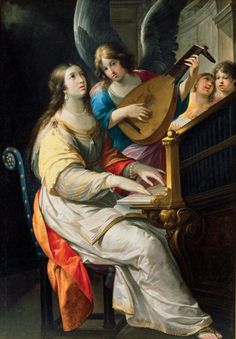
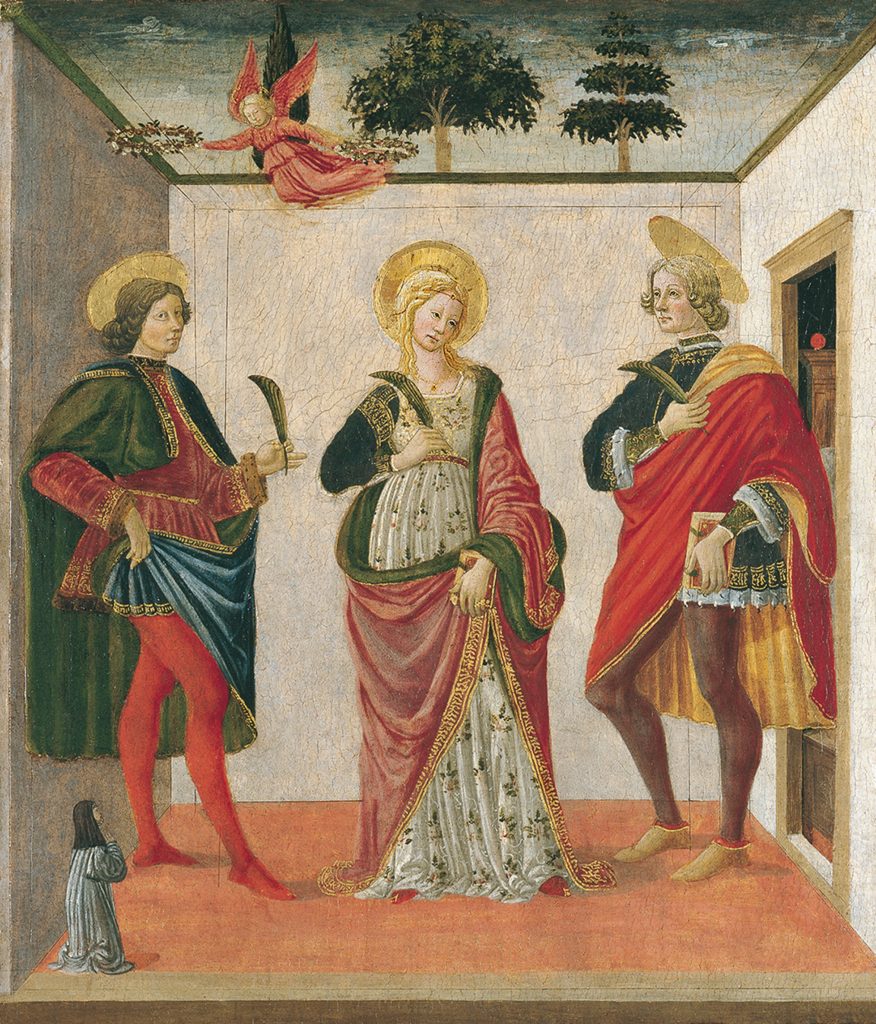
When the time came for her marriage to be consummated, Cecilia told Valerian that watching over her was an angel of the Lord, who would punish him if he sexually violated her but would love him if he respected her virginity. When Valerian asked to see the angel, Cecilia replied that he could see the angel if he would go to the third milestone on the Via Appia and be baptized by Pope Urban I. After following Cecilia’s advice, he saw the angel standing beside her, crowning her with a chaplet of roses and lilies. St. Cecilia was a famous virgin martyr in the early church who lived in Rome in the 3rd century.
St. Cecilia is said to have converted thousands of people to Christianity, and was eventually put to death for refusing to renounce Jesus. The martyrdom of Cecilia is said to have followed that of her husband Valerian and his brother at the hands of the prefect Turcius Almachius. The legend about Cecilia’s death says that after being struck three times on the neck with a sword, she lived for three days, and asked the pope to convert her home into a church.
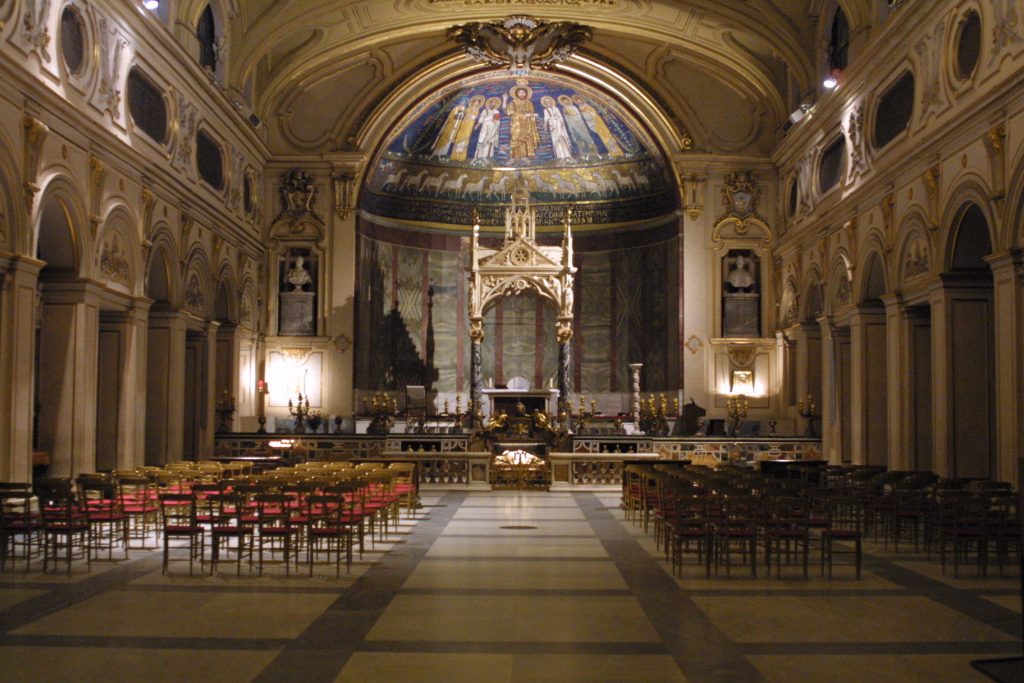
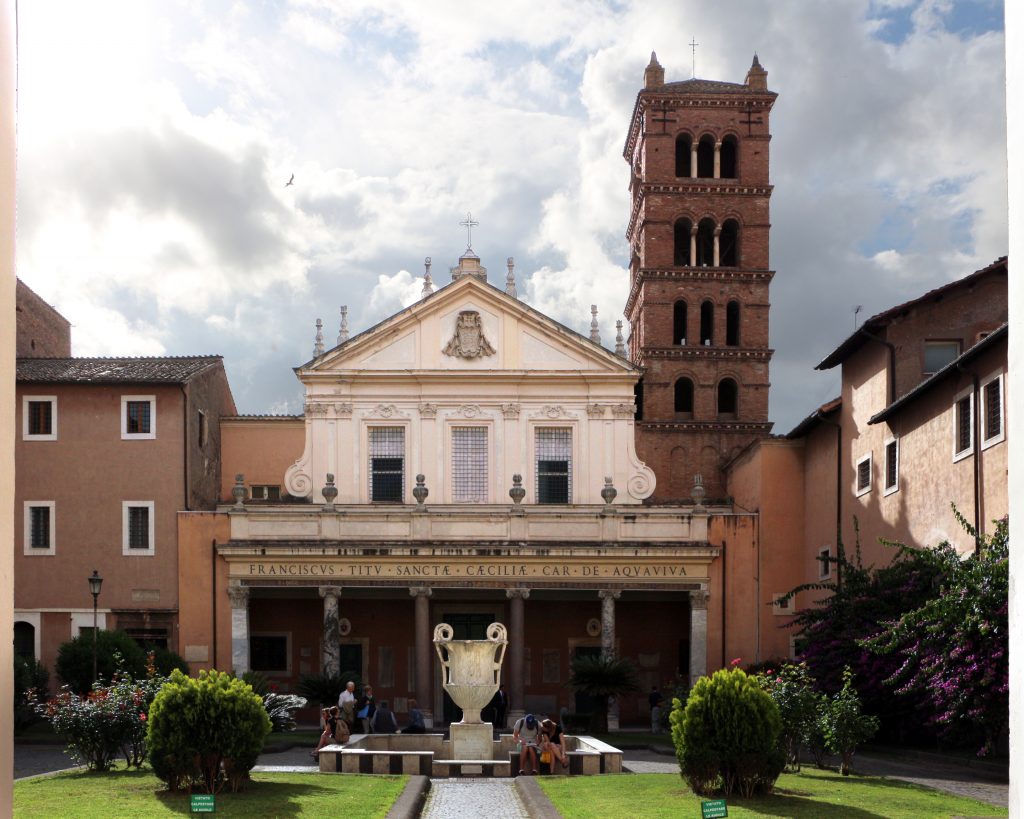
The Church of Santa Cecilia in Trastevere is reputedly built on the site of the house in which she lived. The original church was constructed in the fourth century; during the ninth century, Pope Paschal I had remains that were supposedly hers buried there. In 1599, while leading a renovation of the church, Cardinal Paolo Emilio Sfondrati had the remains, which he reported to be incorrupt, excavated and reburied.
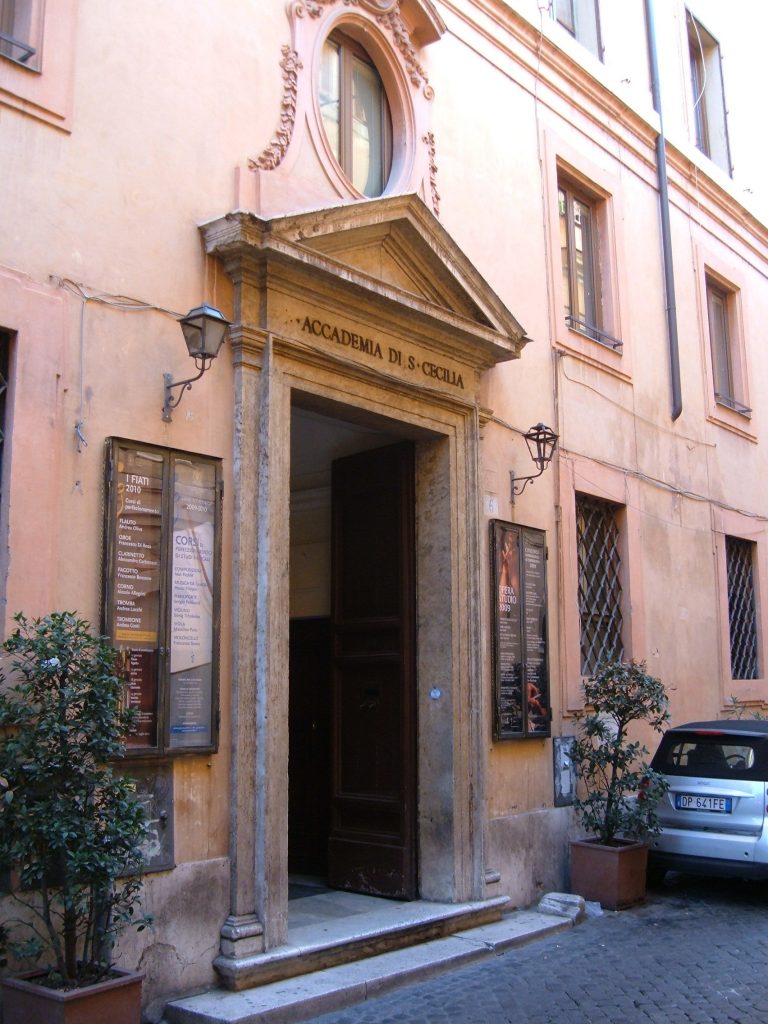
The Accademia Nazionale di Santa Cecilia in Rome is one of the oldest musical institutions in the world. It was founded by the papal bull, Ratione congruit, issued by Sixtus V in 1585, which invoked two saints prominent in Western musical history: Gregory the Great, after whom Gregorian chant is named, and Saint Cecilia, the patron saint of music. Her feast day became an occasion for musical concerts and festivals that occasioned well-known poems by John Dryden and Alexander Pope and music by Henry Purcell (Ode to St. Cecilia).
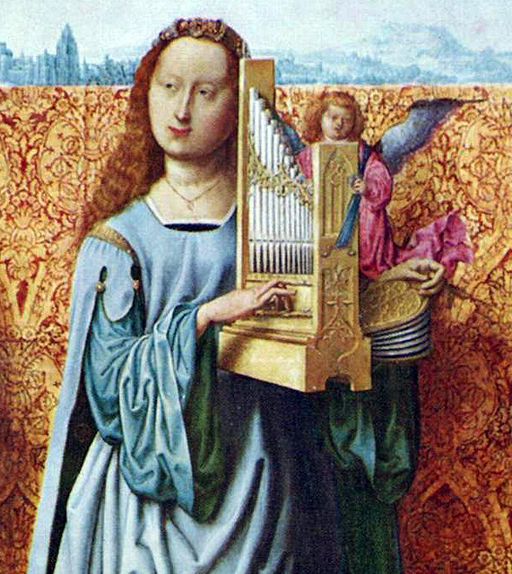
St Cecilia became the patroness of music and musicians, it being written that, as the musicians played at her wedding, Cecilia “sang in her heart to the Lord” St Cecilia symbolizes the central role of music in the liturgy.
| Attributes | Flute, organ, roses, violin, harp, harpsichord, songbird, singing |
|---|